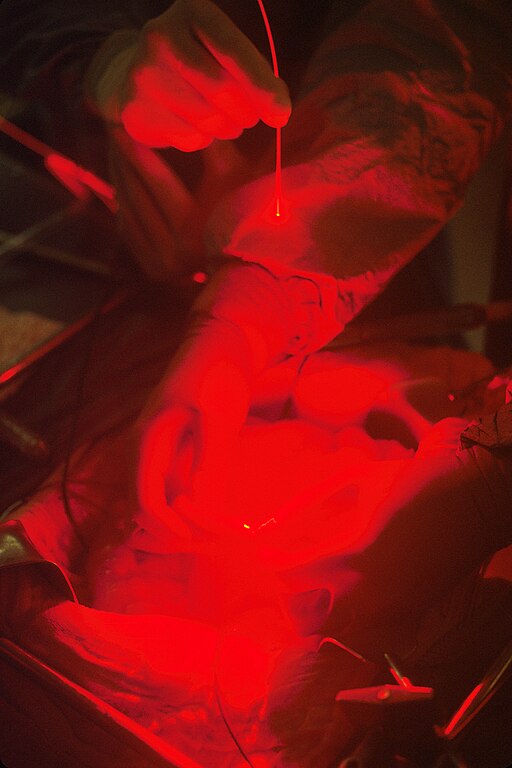Treating patients with malignant pleural mesothelioma with PDT (photodynamic therapy) alongside lung-sparing surgery appears to result in significantly longer survival rates – up to two years longer compared to other treatments, and sometimes even more, researchers from the Perelman School of Medicine, University of Pennsylvania reported in Annals of Thoracic Surgey.
Mesothelioma is an extremely aggressive form of cancer and is typically caused by asbestos exposure. Experts say it is one of the deadliest forms of cancer. Asbestos exposure can result in the development of cancer 10 to 15 years later. However, only about 4 in every 10 patients survive more than a year after mesothelioma diagnosis.
Lead author, Joseph Friedberg, MD, said:
“While I don’t consider anything short of a cure as a victory against mesothelioma, I am encouraged by our results. Based on our new findings, we are redoubling our clinical and translational research efforts to find a way to further improve and refine this multimodality treatment approach for mesothelioma.”
In a previous study, the same team had shown that lung-sparing surgery plus photodynamic therapy was better for patients with mesothelioma than traditional treatment. Traditional treatment involved surgically removing a lung, whole chest radiation and chemotherapy.
38 patients, all of them with mesothelioma, underwent lung-sparing surgery and photodynamic therapy. In each case, a specialist decided whether they were suitable for lung-sparing surgery. All but one of them had advanced stage (III/IV) cancer. When they were followed up 34 months after the PDT plus lung-sparing surgery, the median overall survival rate was 31.7 months.
In 31 of the patients, the subtype of the cancer was a significant factor, the authors added. They had the epithelial subtype – and their median overall survival was 41.2 months.
The authors explain that with mesothelioma patients, oncologists focus on extending their lives and improving quality of life. All patients with this type of cancer eventually experience recurrence – the cancer comes back. If the patient can keep both lungs, they are in a better position to withstand additional treatment when the cancer comes back, and consequently live longer.

A beam of light travels along fiber optics for photodynamic therapy. The patient is given a photosensitive drug that is absorbed by cancer cells. The light beam is aimed at the tumor site, which activates the drugs, and destroys cancer cells
Friedberg said:
“We are working together as a team, not just in the clinic but in the laboratory as well, to find the best way to combine our respective expertise. Our goal is an innovative combined treatment that represents a new level of a multipronged attack on this horrendous cancer.”
Christian Nordqvist